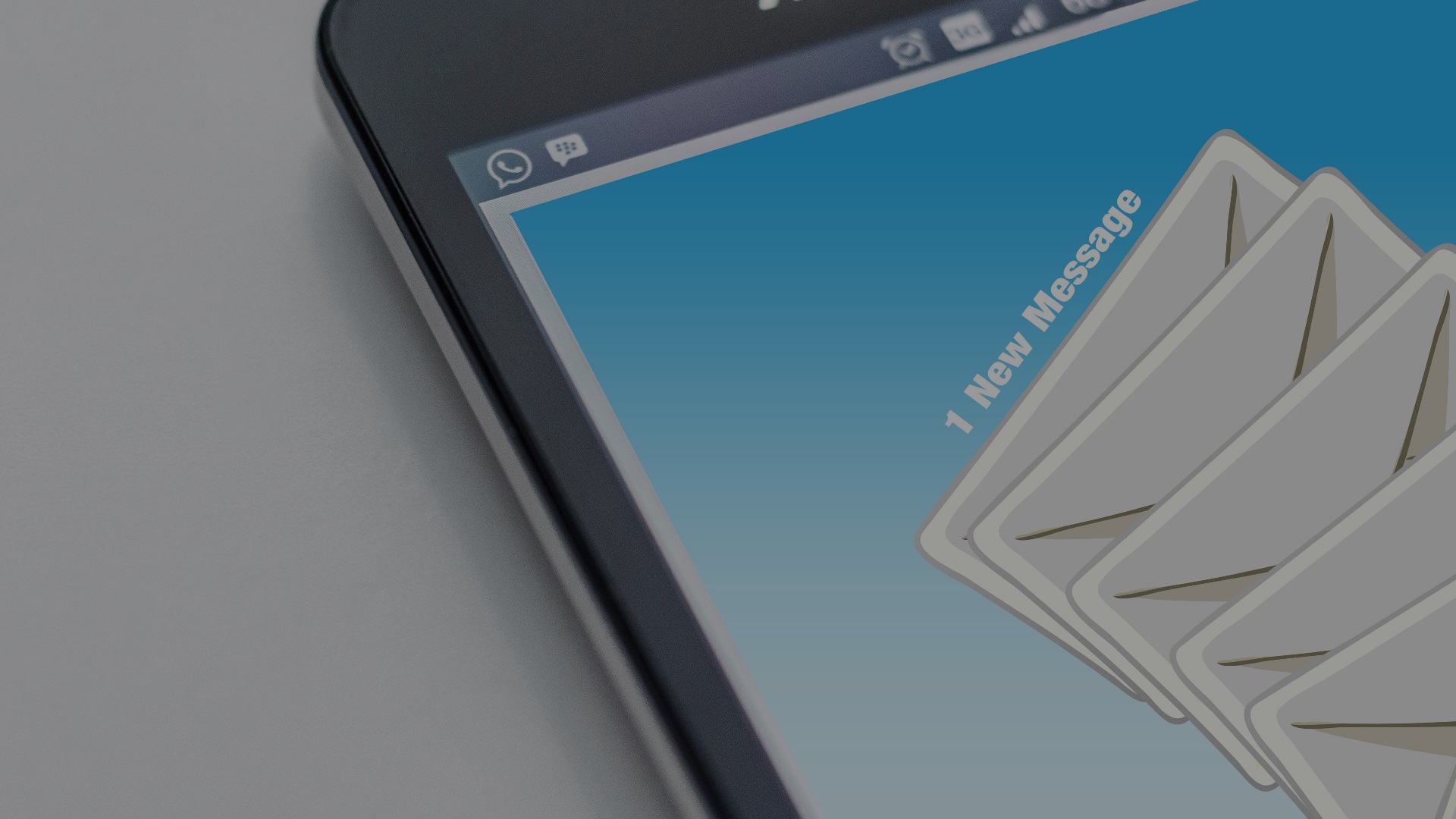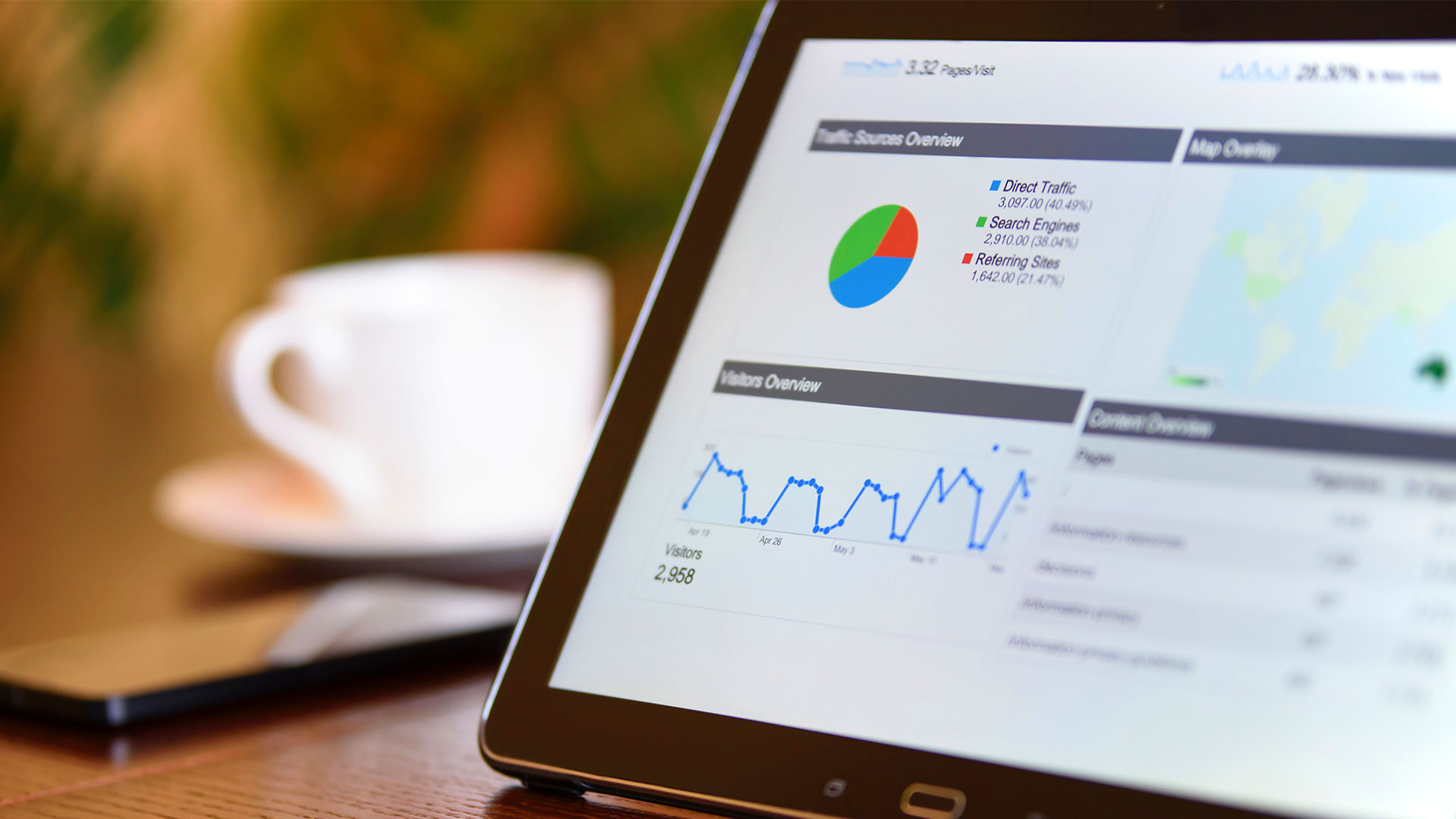4 No-Fail Tips For More Effective Email Marketing Campaigns
Article Updated on April 5, 2023
Email campaigns offer unique advantages in a marketing strategy that can increase consumer engagement, raise brand awareness and encourage sales. Everyone checks their emails, but not every email gets read.
How to bridge the gap between sending emails and receiving a response can be tricky, but not impossible. Before you even begin sending emails, be sure to use an email validation tool that cleans out any bounce emails and ensures your messages make it to inboxes.
Here are four email campaign tips to keep in mind:
PLAN THE EFFECTIVE EMAIL CAMPAIGN
Every email campaign should have a purpose and a goal. The purpose is the content of the email. The goal is a response or action of some kind.
Tailoring your purpose to your goal can make for more effective content. If you want readers to sign up for a newsletter, then add a call to action button to subscribe.
Once you decide what response you want from an email, gear your content to making that goal happen. Entice someone to click a link, respond to a sign-up, or perform some other trackable action.
DECIDE ON YOUR SUCCESS METRICS
You cannot determine success without a way to measure it. Are you looking for open rates? Inbox rates? Sign-ups? Whatever goal you decide, make sure you have a way to measure success through your analytics programs. Use the results of the metrics to improve whatever response you are seeking.
Also, it’s important to remember that an email campaign benefits from long-term tracking, from one campaign to the next. Check your metrics and analyse changes that you notice over time to determine what helped or hindered your goal.
LEVERAGE THE FIRST IMPRESSION
Effective subject lines have proved to be one of the most successful means for prompting a reader to open the email. The subject line of emails and the first few words of the email itself are seen even without having to open it. Make those words count.
Your subject line should directly relate to the content. If your content is not relevant, you can guarantee a lack of response; no one likes a bait-and-switch.
You should also tailor the subject line with clarity to attract recipients who are more likely to respond. Be upfront about what’s inside. Your subscriber might open an email, but if the subject matter isn’t what they expected, they won’t respond.
Since the first few lines of text of an email can be seen prior to opening, take that as another opportunity for enticing a potential customer. Expand on the subject line before diving into details or front-load the key point of the email in your first sentence.
KEEP FOCUSED AND CONCISE
Marketing is about capturing and maintaining the attention of potential customers. Studies have shown that shorter emails receive better response rates because they take less time to get to the point. Give your potential customers what they want: speed, valuable content, and easy ways to take action.
Over half of emails are opened on mobile devices. Use this to your advantage by letting it guide the length of your email. The more value you can provide on a mobile device screen without scrolling, the better response you will receive.
Shorter emails also can be used for an effective drip campaign. With this method, you can roll out a longer story or marketing strategy over a series of short, compelling emails.
Comments
4 No-Fail Tips For More Effective Email Marketing Campaigns
Article Updated on April 5, 2023

Email campaigns offer unique advantages in a marketing strategy that can increase consumer engagement, raise brand awareness and encourage sales. Everyone checks their emails, but not every email gets read.
How to bridge the gap between sending emails and receiving a response can be tricky, but not impossible. Before you even begin sending emails, be sure to use an email validation tool that cleans out any bounce emails and ensures your messages make it to inboxes.
Here are four email campaign tips to keep in mind:
PLAN THE EFFECTIVE EMAIL CAMPAIGN
Every email campaign should have a purpose and a goal. The purpose is the content of the email. The goal is a response or action of some kind.
Tailoring your purpose to your goal can make for more effective content. If you want readers to sign up for a newsletter, then add a call to action button to subscribe.
Once you decide what response you want from an email, gear your content to making that goal happen. Entice someone to click a link, respond to a sign-up, or perform some other trackable action.
DECIDE ON YOUR SUCCESS METRICS
You cannot determine success without a way to measure it. Are you looking for open rates? Inbox rates? Sign-ups? Whatever goal you decide, make sure you have a way to measure success through your analytics programs. Use the results of the metrics to improve whatever response you are seeking.
Also, it’s important to remember that an email campaign benefits from long-term tracking, from one campaign to the next. Check your metrics and analyse changes that you notice over time to determine what helped or hindered your goal.
LEVERAGE THE FIRST IMPRESSION
Effective subject lines have proved to be one of the most successful means for prompting a reader to open the email. The subject line of emails and the first few words of the email itself are seen even without having to open it. Make those words count.
Your subject line should directly relate to the content. If your content is not relevant, you can guarantee a lack of response; no one likes a bait-and-switch.
You should also tailor the subject line with clarity to attract recipients who are more likely to respond. Be upfront about what’s inside. Your subscriber might open an email, but if the subject matter isn’t what they expected, they won’t respond.
Since the first few lines of text of an email can be seen prior to opening, take that as another opportunity for enticing a potential customer. Expand on the subject line before diving into details or front-load the key point of the email in your first sentence.
KEEP FOCUSED AND CONCISE
Marketing is about capturing and maintaining the attention of potential customers. Studies have shown that shorter emails receive better response rates because they take less time to get to the point. Give your potential customers what they want: speed, valuable content, and easy ways to take action.
Over half of emails are opened on mobile devices. Use this to your advantage by letting it guide the length of your email. The more value you can provide on a mobile device screen without scrolling, the better response you will receive.
Shorter emails also can be used for an effective drip campaign. With this method, you can roll out a longer story or marketing strategy over a series of short, compelling emails.



